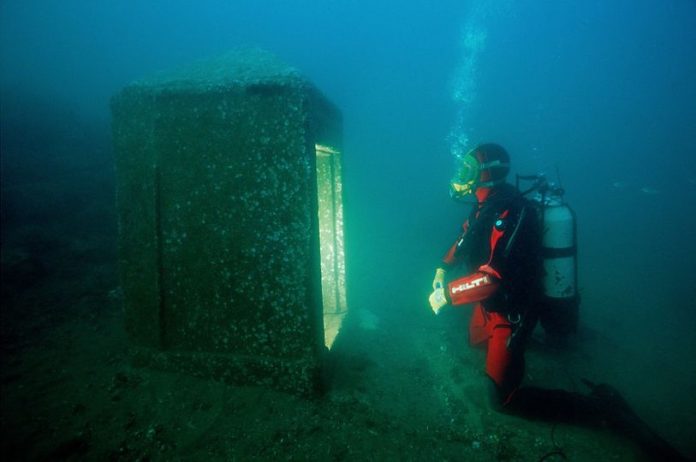Ancient Irish Bog Butter: A Farmer’s Astonishing Find
In a quiet bog on his property in County Donegal, Irish farmer Micheál Boyle was digging a drain when he unearthed an unexpected treasure: a 50-pound slab of butter, remarkably preserved for centuries in the peat. This discovery, known as “bog butter,” offers a fascinating glimpse into Ireland’s ancient past and the ingenious preservation techniques of its people.
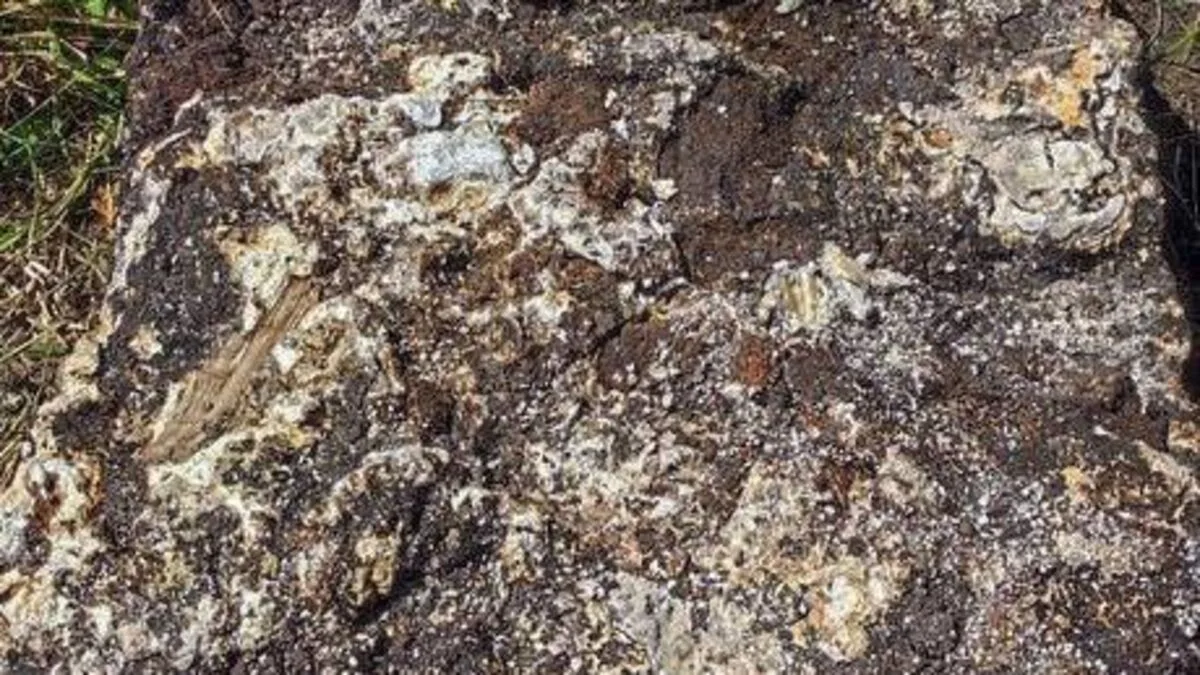
A Natural Time Capsule
Boyle’s find, confirmed by archaeologists, is a rare example of bog butter, a practice dating back to at least the Iron Age (800 BCE–400 CE). Ancient populations in Ireland and parts of Scotland buried butter and animal fat in peat bogs, taking advantage of the bog’s unique environment. Peat bogs are cold, low in oxygen, and highly acidic, creating ideal conditions for preserving organic materials. These natural “refrigerators” could keep butter edible for centuries, if not millennia.
When Boyle pulled the creamy, pale mass from the bog, he caught a faint whiff of butter, a clue to its identity. Experts later found a small piece of wood embedded in the slab, suggesting it was once stored in a wooden box or container that had long since decomposed. Such containers were commonly used to protect the butter during burial, whether for storage, safekeeping from raiders, or as part of ritual offerings.
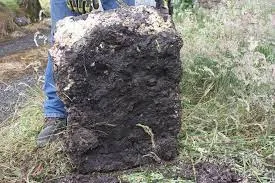
A Taste of History
Remarkably, one archaeologist dared to sample the centuries-old bog butter, describing its flavor as similar to plain, unsalted butter with a slight tangy or earthy note from its long burial in the bog. While not recommended for modern consumption due to potential microbial risks, this taste test highlights the extraordinary preservative power of peat bogs. The butter’s texture and composition remained largely intact, a testament to the skill of ancient food preservation techniques.
Why Bury Butter?
The reasons behind bog butter burials remain a topic of debate among historians and archaeologists. Some believe it was a practical method for long-term food storage, especially in times of surplus or to prepare for lean seasons. Others suggest a cultural or ritual significance, as bogs were often seen as sacred or liminal spaces in ancient Celtic societies. The careful wrapping or boxing of the butter, as evidenced by the wood fragment in Boyle’s find, supports the idea that these were deliberate and valued deposits.
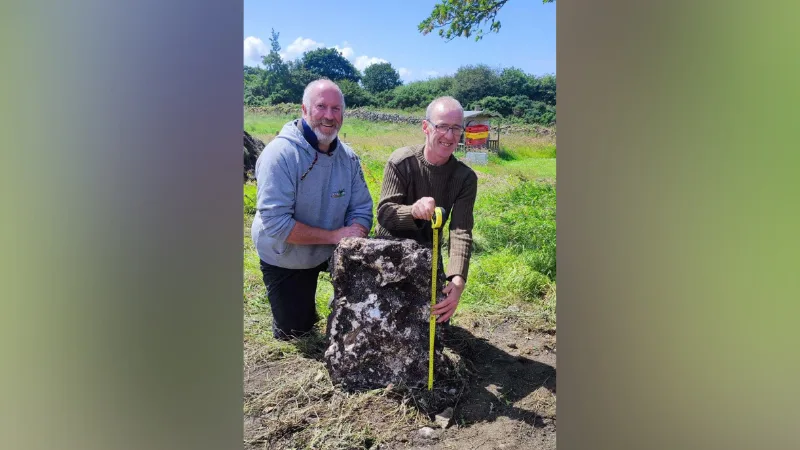
A Window into Ireland’s Past
Bog butter discoveries are not uncommon in Ireland, with over 400 known finds across the country. Some samples have been dated to as early as 2000 BCE, while others are from the medieval period. Each find adds to our understanding of ancient diets, trade, and cultural practices. Boyle’s 50-pound chunk, likely made from cow’s milk, underscores the importance of dairy in Ireland’s history, a tradition that continues to this day.
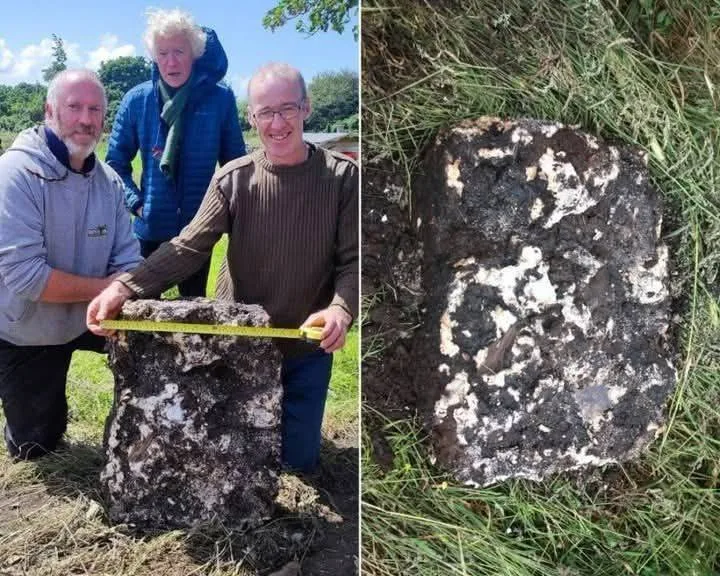
The discovery, now in the hands of experts, may undergo further analysis, such as radiocarbon dating, to determine its exact age. For now, it serves as a tangible link to Ireland’s Iron Age inhabitants, who, like Boyle, worked the land and left their mark on history.
Preserving the Past
Micheál Boyle’s accidental discovery reminds us that history can lie just beneath the surface, waiting to be uncovered. As archaeologists continue to study this bog butter, it joins a growing collection of artifacts that illuminate the ingenuity and traditions of ancient Ireland. For those intrigued by this find, the National Museum of Ireland in Dublin houses several examples of bog butter, offering a chance to connect with this curious piece of the past.





